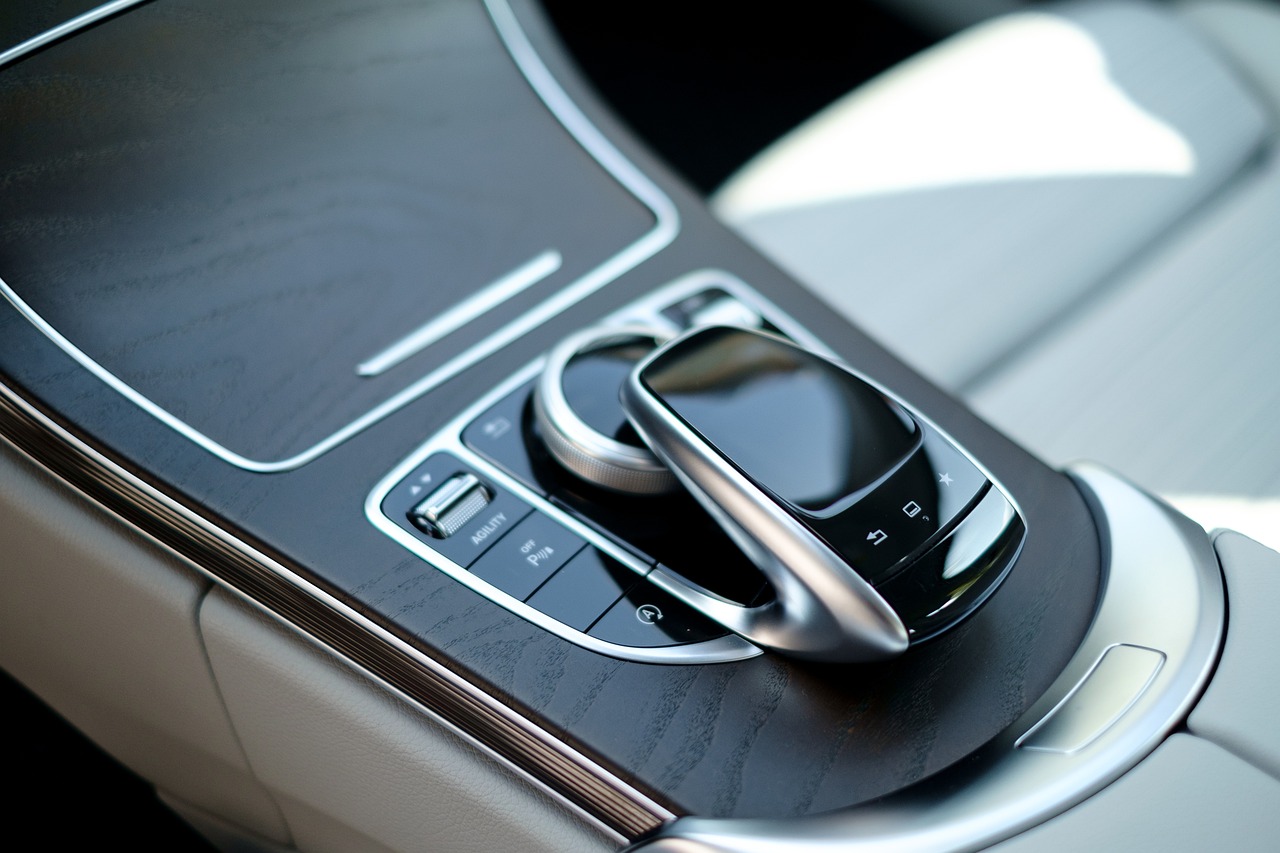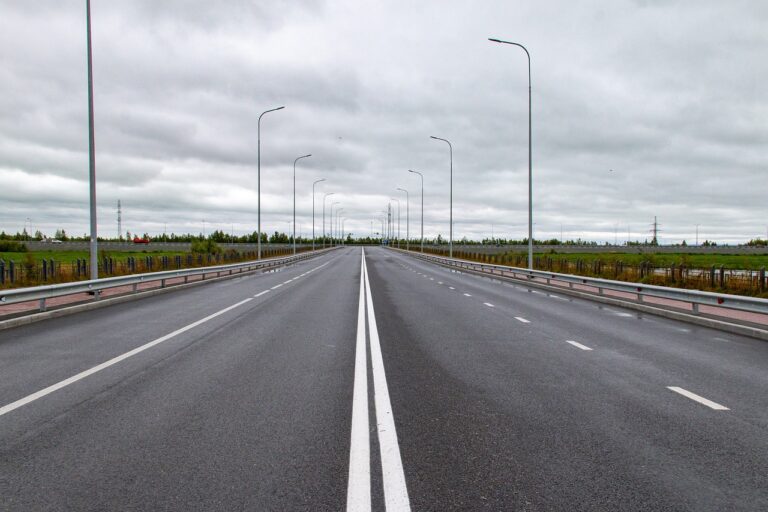The Impact of Autonomous Vehicles on Insurance Markets
Autonomous vehicles have been touted as a transformative innovation in the automotive industry, poised to revolutionize transportation and safety standards. As these self-driving cars become increasingly prevalent on our roads, insurance markets are bracing themselves for significant shifts in their traditional business models. The advent of autonomous vehicles raises profound questions for insurance companies, from liability distribution in accidents involving both automated and human-driven vehicles to the assessment of risk factors in this new era of technology-driven transportation.
For years, insurance companies have relied on established metrics and data points to underwrite policies and calculate premiums. However, the introduction of autonomous vehicles introduces a new layer of complexity and uncertainty into the equation. With the potential for decreased accidents due to improved safety features and advanced technology, insurers must adapt their risk assessments to reflect these changing dynamics, presenting both challenges and opportunities for the insurance industry in the face of this technological revolution.
• Autonomous vehicles are expected to decrease accidents on the road
• Insurance companies will need to adapt their risk assessments to reflect this change
• The introduction of self-driving cars presents both challenges and opportunities for the insurance industry
The Rise of Autonomous Vehicles and Their Safety Features
As autonomous vehicles become more prevalent on the roads, their safety features are paving the way for a new era in transportation. These vehicles are equipped with advanced technologies such as sensors, cameras, and artificial intelligence systems that constantly monitor the vehicle’s surroundings and make split-second decisions to prevent accidents.
One of the most notable safety features of autonomous vehicles is their ability to communicate with each other and with surrounding infrastructure, creating a connected network that enhances road safety. This interconnected system allows vehicles to share real-time data about road conditions, traffic patterns, and potential hazards, enabling them to react quickly and proactively to avoid collisions and ensure the well-being of both passengers and pedestrians.
Challenges Faced by Insurance Companies with Autonomous Vehicles
Insurance companies face numerous challenges in adapting to the era of autonomous vehicles. One of the primary issues is determining liability in the case of accidents involving self-driving cars. With the shift towards autonomous technology, questions arise regarding who should be held responsible – the vehicle manufacturer, the software developer, the owner, or a combination of these parties.
Moreover, there is a lack of historical data on autonomous vehicle accidents, making it difficult for insurance companies to accurately assess risks and set premiums. Traditional actuarial models may not be suitable for predicting and pricing the unique risks associated with self-driving cars, leading to uncertainty in the insurance market. As a result, insurers are grappling with the need to innovate their underwriting methods to stay relevant in a rapidly changing landscape.
How are autonomous vehicles changing the insurance market?
Autonomous vehicles are revolutionizing the insurance market by shifting liability from drivers to manufacturers and software developers.
What safety features do autonomous vehicles typically have?
Autonomous vehicles are equipped with advanced technology such as LIDAR, radar, cameras, and sensors to detect obstacles and navigate the road safely.
What are some of the challenges insurance companies face with insuring autonomous vehicles?
Insurance companies are grappling with determining liability in the event of accidents, understanding the technology behind autonomous vehicles, and pricing policies accurately.
How do insurance companies assess risk with autonomous vehicles?
Insurance companies analyze data on the performance of autonomous vehicles, the history of accidents involving these vehicles, and the reliability of the technology to assess the risk associated with insuring them.
Are insurance premiums higher or lower for autonomous vehicles?
Insurance premiums for autonomous vehicles are currently higher due to the expensive technology and potential for costly repairs, but they may decrease as the technology becomes more widespread and proven to be safe.







